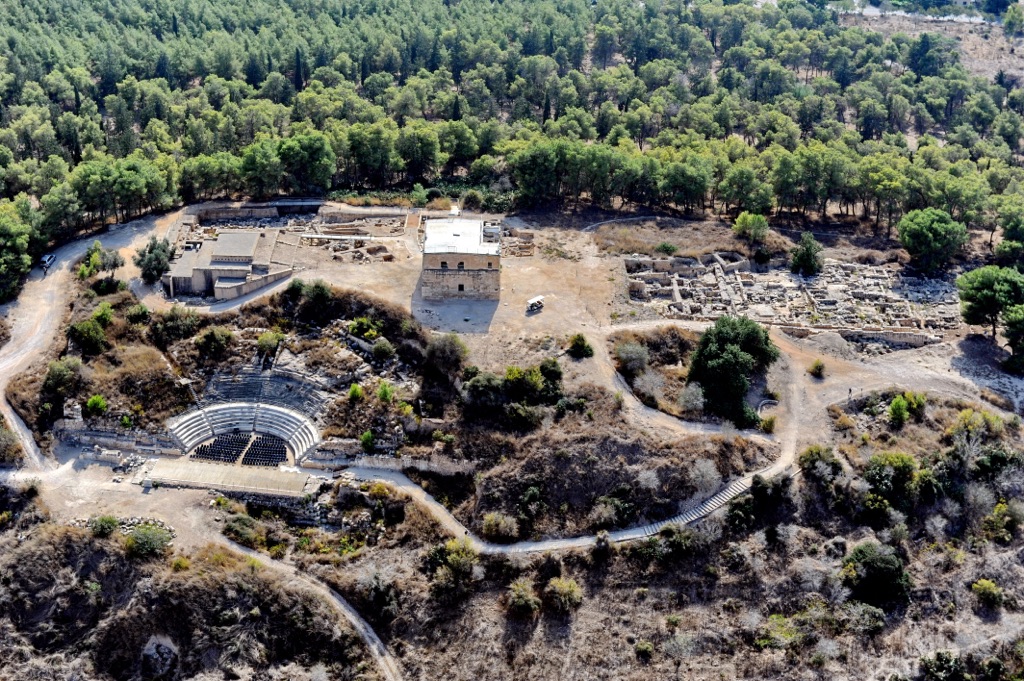Sepphoris, an ancient city in the Galilee region of Israel, boasts a rich tapestry of history. It served as a cultural and political hub over the centuries. Known for its diverse population and stunning mosaics, Sepphoris reflects the various civilizations that have left their mark. The city’s strategic location made it a prized possession for conquering armies. Today, it stands as a testament to the complex history of the Middle East, offering invaluable insights into the past.
Get your dose of History via Email
Historical Background of Sepphoris
Sepphoris, also known as Zippori, was first settled in the Iron Age. It flourished under the Romans, becoming the capital of Galilee. Herod Antipas, son of Herod the Great, further developed the city in the 1st century AD. Sepphoris saw many conquerors, from the Romans to the Crusaders. It was also a center of Jewish learning, where the Mishnah was partially compiled.
The city’s discovery in modern times began with archaeological digs in the 1930s. Leroy Waterman of the University of Michigan initiated these excavations. Subsequent digs have revealed more about the city’s history and culture. Sepphoris was built by the Romans, with later contributions from Byzantines, Crusaders, and Ottomans.
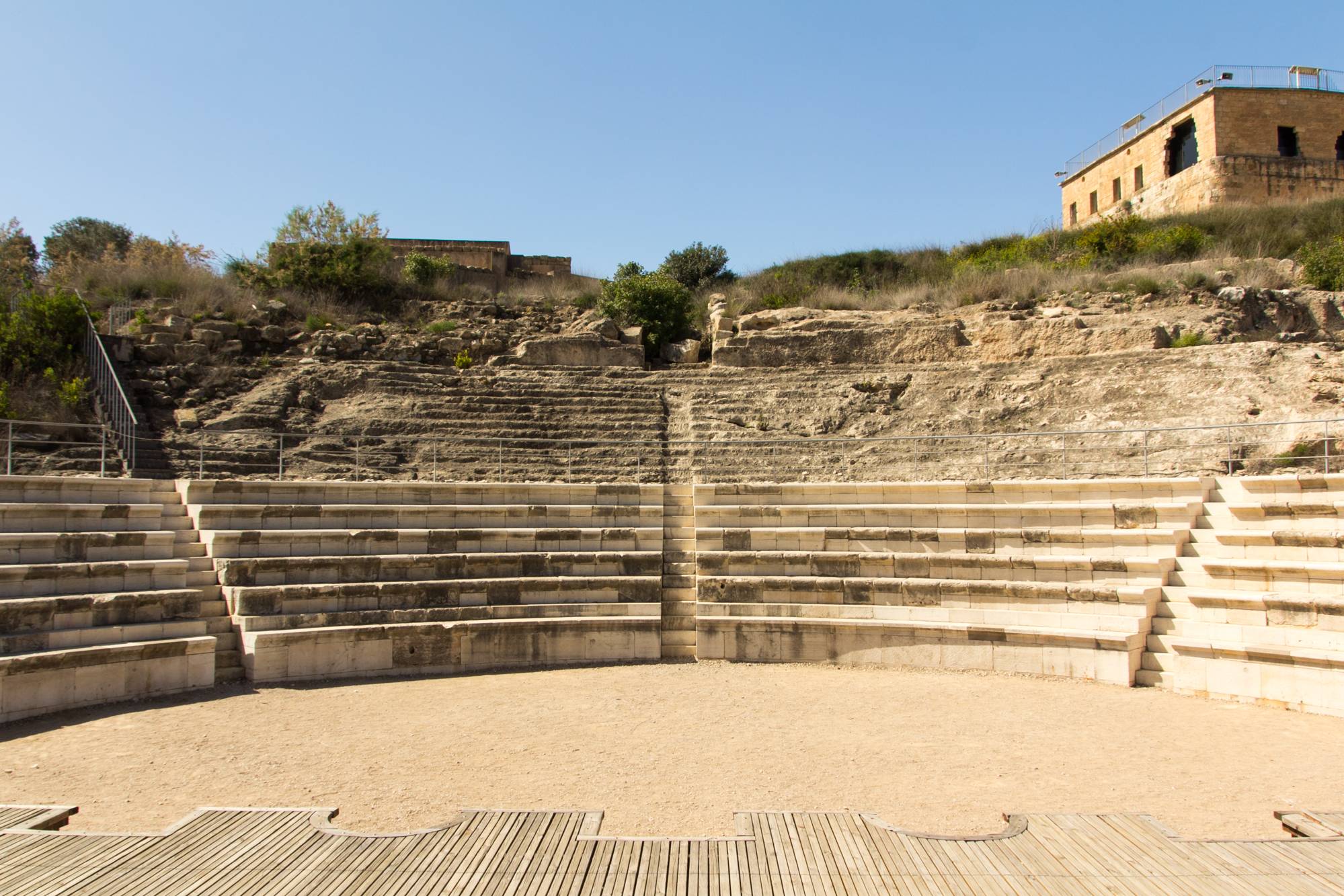
Sepphoris was inhabited continuously through the ages. It was a melting pot of cultures, including Jewish, Roman, and Christian communities. The city witnessed key historical events, such as the Jewish revolt against Rome. It also survived earthquakes and reconstructions, which shaped its architectural heritage.
Notably, Sepphoris did not participate in the First Jewish-Roman War. This decision spared the city from destruction in 70 AD. Its strategic importance continued through the Middle Ages. The Crusaders fortified Sepphoris, recognizing its military value.
Today, Sepphoris is an archaeological park. It attracts scholars and tourists alike. The site offers a window into the ancient world, showcasing the layers of history that have built up over millennia.
About Sepphoris
Sepphoris sits at the heart of the Lower Galilee, with a commanding view of the surrounding region. Its central location contributed to its historical significance. The city’s ruins reveal a blend of Roman, Byzantine, and Crusader architecture.
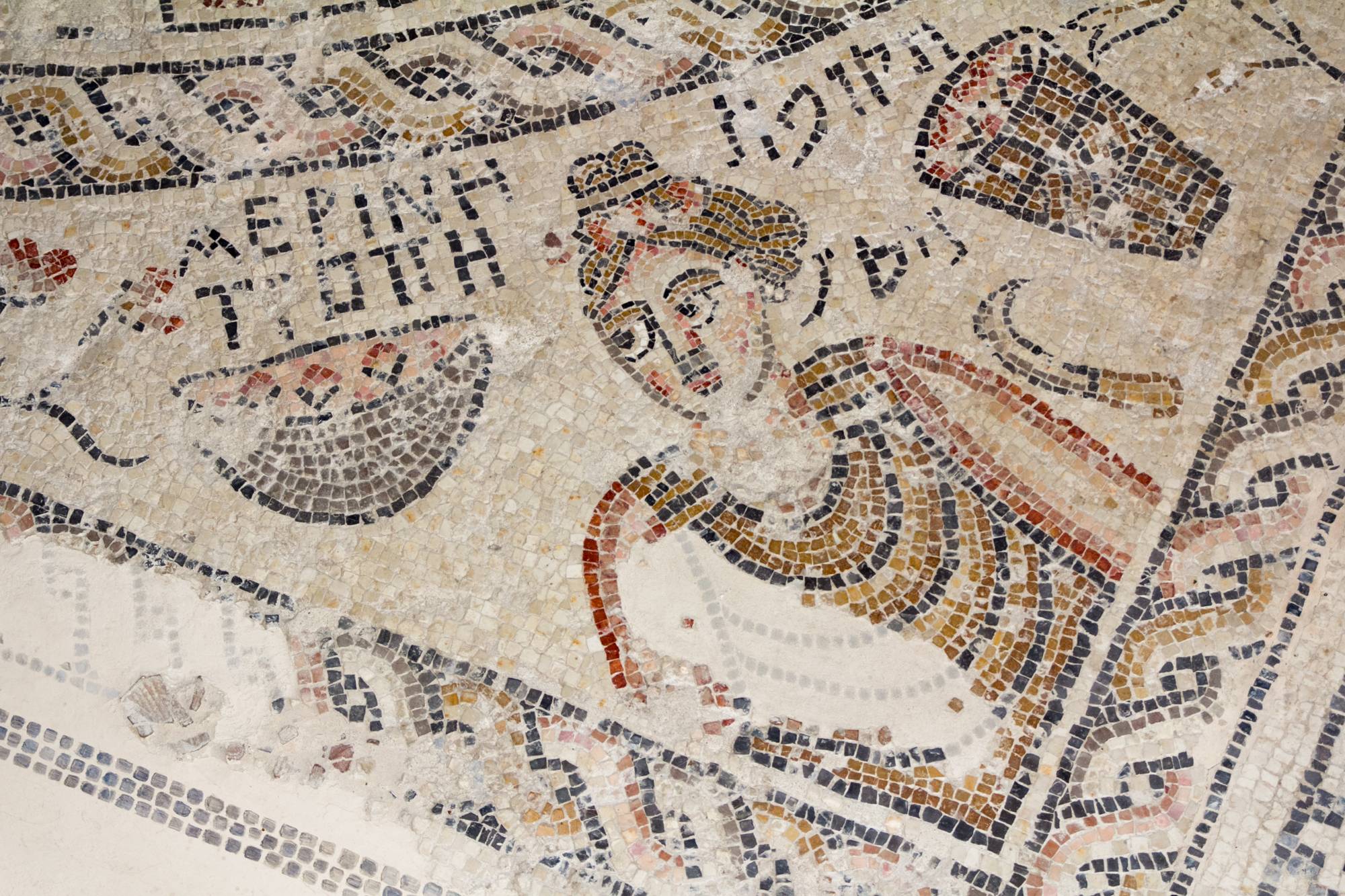
The most famous feature of Sepphoris is its mosaics. The “Mona Lisa of the Galilee” is a stunning example, found in a Roman villa. These mosaics showcase the artistic skill and cultural influences of the city’s inhabitants. The use of local and imported materials reflects Sepphoris’s trade connections.
Construction methods in Sepphoris varied over time. The Romans used stone and mortar, creating durable structures. The city’s layout included a cardo (main street), public buildings, and a theater. Byzantine and Crusader additions followed their own architectural styles.
Architectural highlights include the Crusader fortress and the ancient synagogue. The fortress stands as a reminder of the city’s military history. The synagogue, with its own intricate mosaics, speaks to the city’s religious diversity.
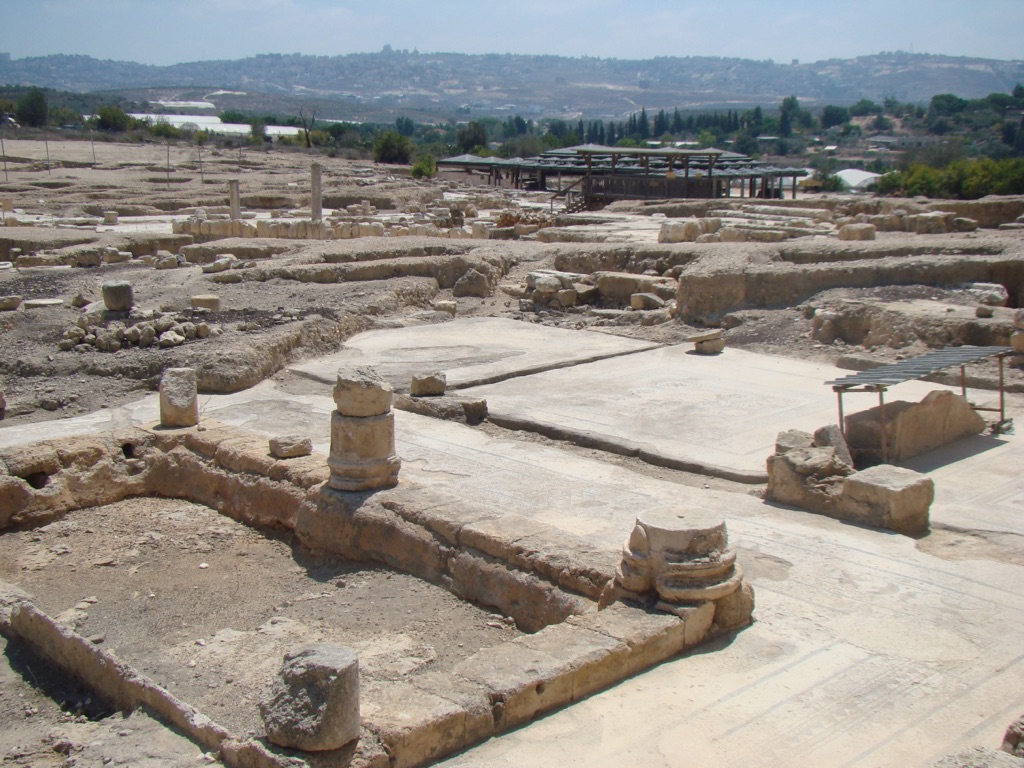
Sepphoris’s buildings were not just functional; they were also symbolic. They represented the power and wealth of the city’s rulers. The blend of styles over time illustrates the changing fortunes of Sepphoris.
Theories and Interpretations
Sepphoris has been the subject of various theories and interpretations. Its role in regional politics and culture is a focal point for historians. Some suggest it was a model of peaceful coexistence among different communities.
The city’s mosaics have sparked debates about cultural identity. They blend pagan and Jewish imagery, suggesting a complex social fabric. The exact reasons for this blend are still under study.
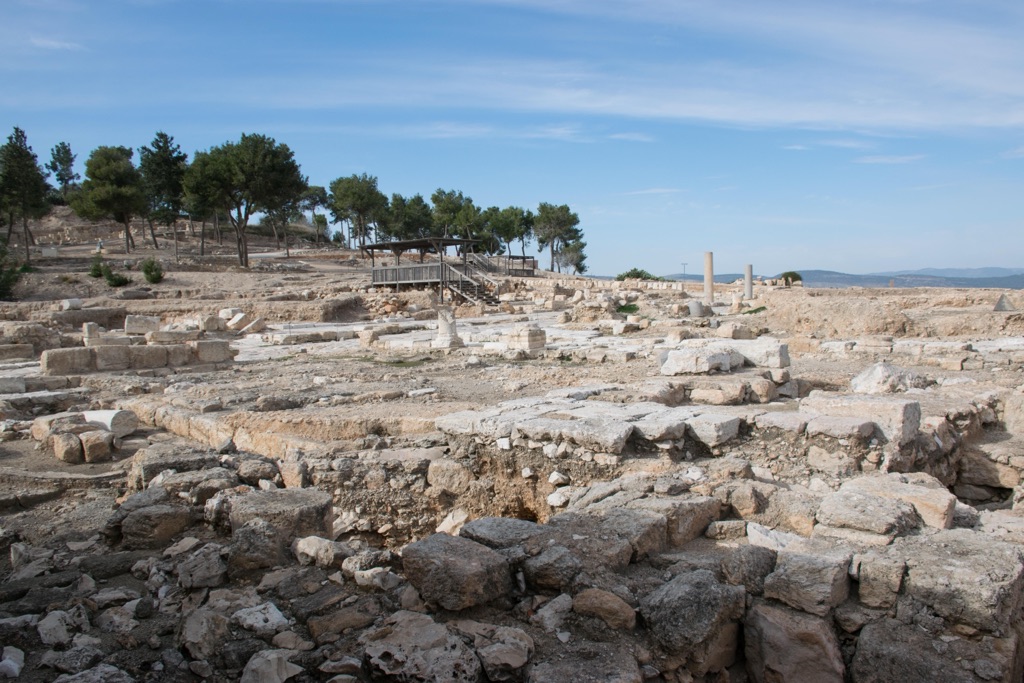
Sepphoris’s use has evolved over time. It served as a political center, a military stronghold, and a place of learning. Each era left its mark, creating a palimpsest of uses and meanings.
Archaeologists have used various methods to date the city’s layers. These include stratigraphy and carbon dating. The results have helped to construct a timeline of Sepphoris’s development.
Some mysteries of Sepphoris remain unsolved. The full extent of its influence on the region, and its role in shaping historical events, are ongoing topics of research.
At a glance
- Country: Israel
- Civilization: Roman, Byzantine, Crusader, Ottoman
- Age: Iron Age to present (1st century AD onwards)
Conclusion and Sources
- Wikipedia: https://en.wikipedia.org/wiki/Sepphoris

